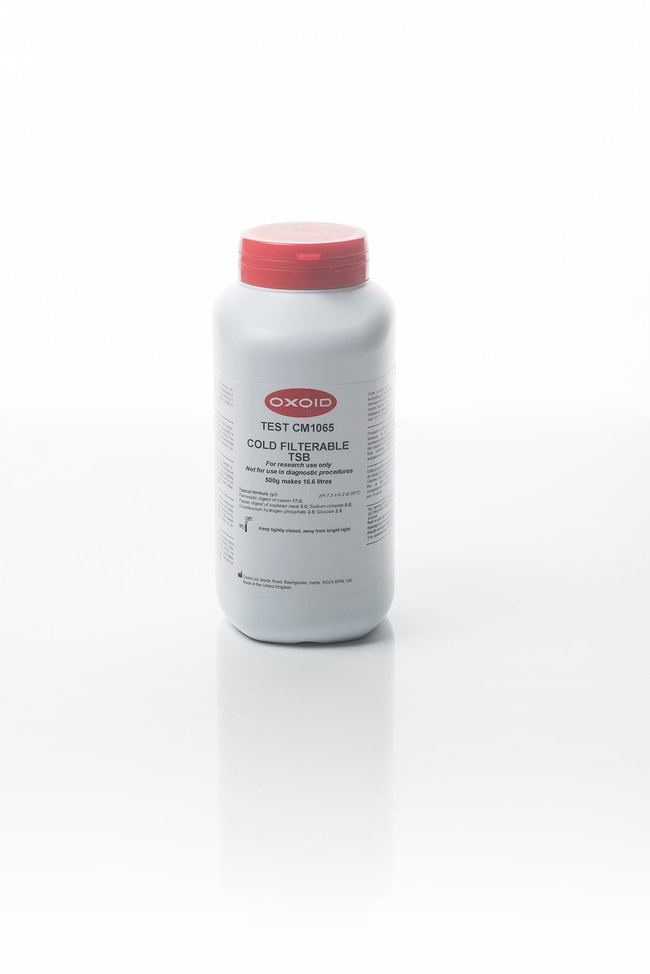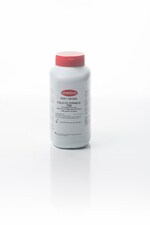Search
Thermo Scientific™
Violet Red Bile Lactose Agar (VRBL) (ISO) (Dehydrated)
Isolate and enumerate coliforms in food, animal feed, and environmental samples with this selective medium.
| Catalog Number | Quantity |
|---|---|
| CM0968B | 500 g |
Catalog number CM0968B
Price (MXN)
-
Quantity:
500 g
Isolate and enumerate coliforms in food, animal feed and environmental samples with Thermo Scientific™ Oxoid™ Violet Red Bile Lactose Agar (VRBL) (ISO) (Dehydrated), while adhering to ISO 4832:2006 and ISO/TS 11133-2:2003. Due to the careful addition of selective inhibitory components, neutral red, crystal violet, and bile salts, the medium provides selectivity against non-target Gram-positive bacteria.
Use Violet Red Bile Lactose Agar for examination of food, animal feed, and environmental samples for the presence of indicator groups such as coliforms. Besides safety, indicator groups provide a measure of food quality and spoilage potential. One of the most common groups of bacteria employed as indicator organisms by the food industry are the coliforms, which can be regarded as a subgroup within the Enterobacteriaceae.
Coliforms rapidly ferment the lactose in VRBL Agar (ISO) and so reduce the pH of the medium, producing red-purple colonies, due to the inclusion of neutral red and crystal violet. These colonies are usually surrounded by red-purple halos of precipitated bile salts.
Non-lactose or late lactose fermenters produce straw or colorless colonies with greenish halos. Crystal violet and bile salts inhibit the growth of Gram-positive flora.
Not all products are available for sale in all territories. Please inquire.
Remel™ and Oxoid™ products are now part of the Thermo Scientific™ brand.
- Easy-to-read: organisms rapidly fermenting the lactose (coliforms) form red-purple colonies with red-purple halos; while late lactose fermenters form staw or colorless colonies with greenish halos.
- Selective: crystal violet and bile salts suppress the growth of non target Gram-positive bacteria.
- Adheres to ISO 4832:2006 and ISO/TS 11133-2:2003 standards.
- Improved selectivity by incubation at >42°C or by anaerobic incubation.
Coliforms rapidly ferment the lactose in VRBL Agar (ISO) and so reduce the pH of the medium, producing red-purple colonies, due to the inclusion of neutral red and crystal violet. These colonies are usually surrounded by red-purple halos of precipitated bile salts.
Non-lactose or late lactose fermenters produce straw or colorless colonies with greenish halos. Crystal violet and bile salts inhibit the growth of Gram-positive flora.
Not all products are available for sale in all territories. Please inquire.
Remel™ and Oxoid™ products are now part of the Thermo Scientific™ brand.
Specifications
DescriptionViolet Red Bile Lactose Agar (VRBL) (ISO)(Dehydrated)
Quantity500 g
Shelf Life5 Years
FormPowder
Product TypeAgar
Unit SizeEach


